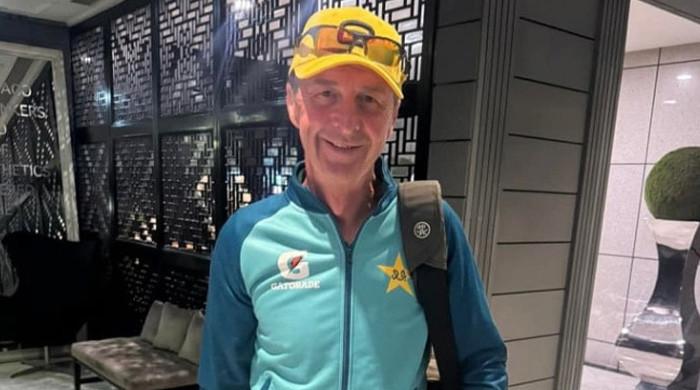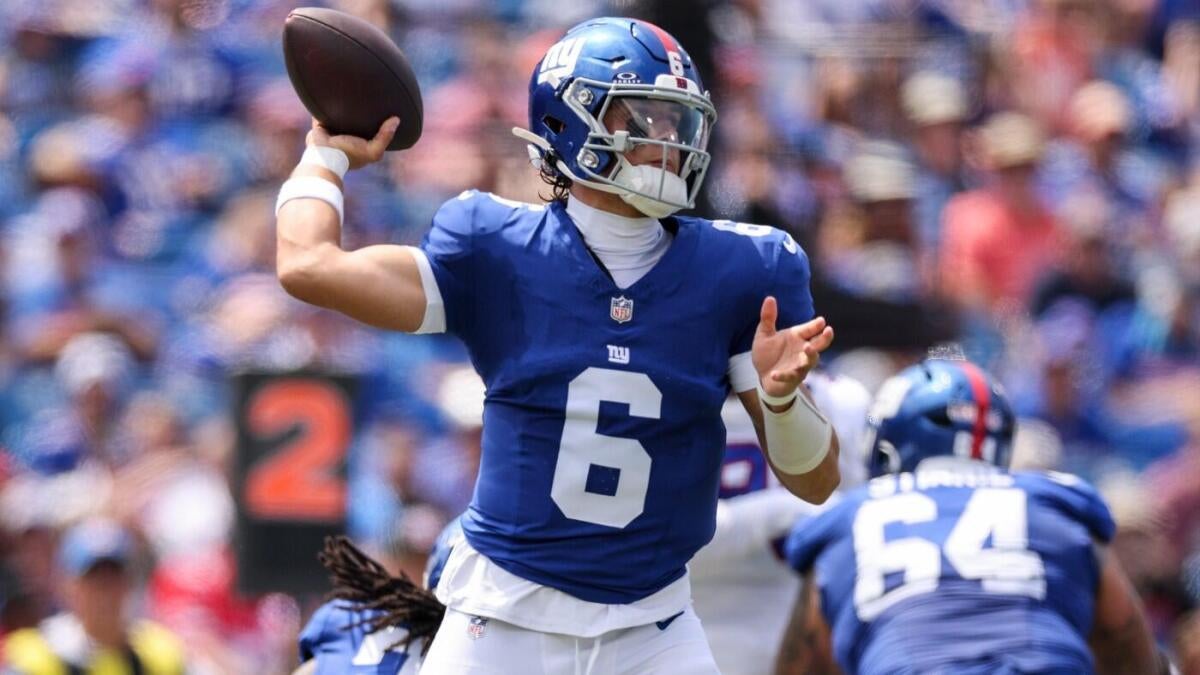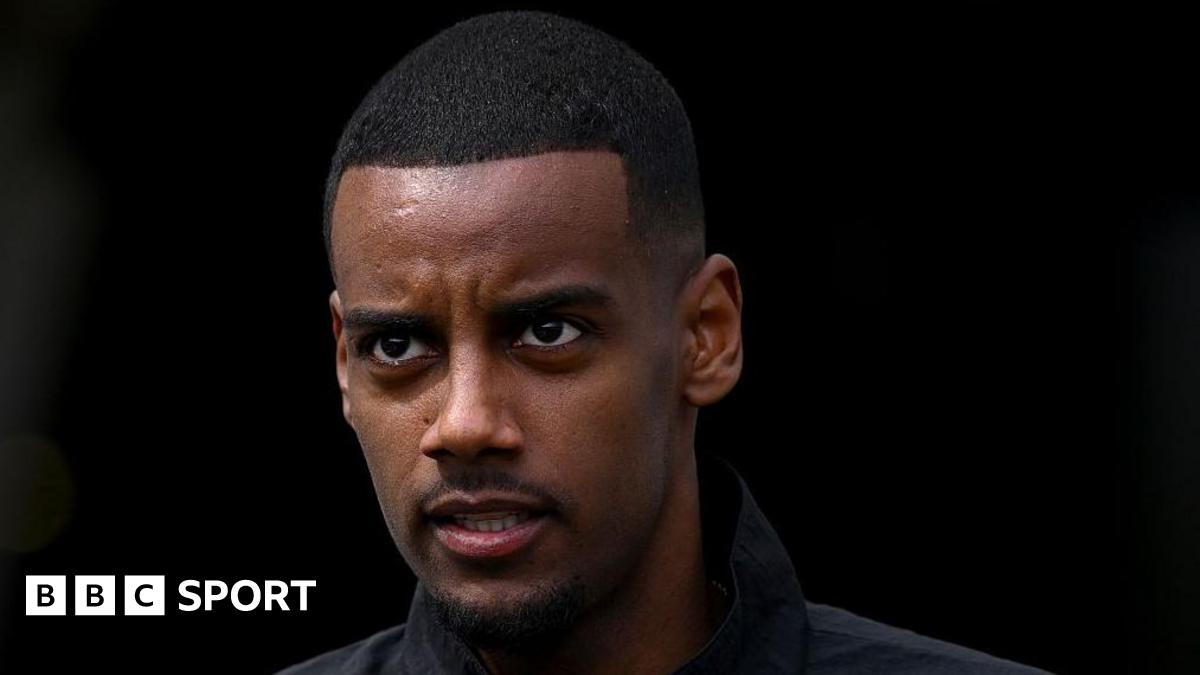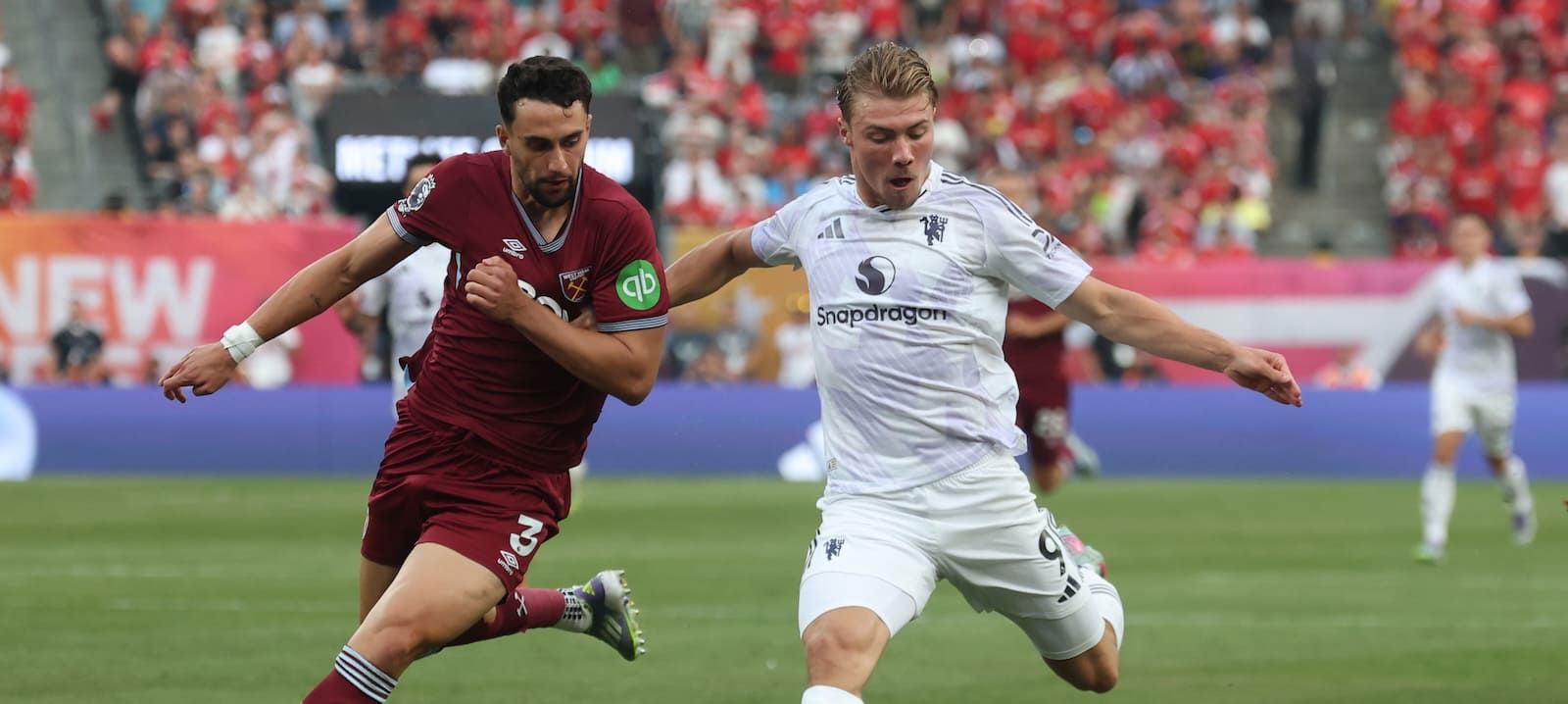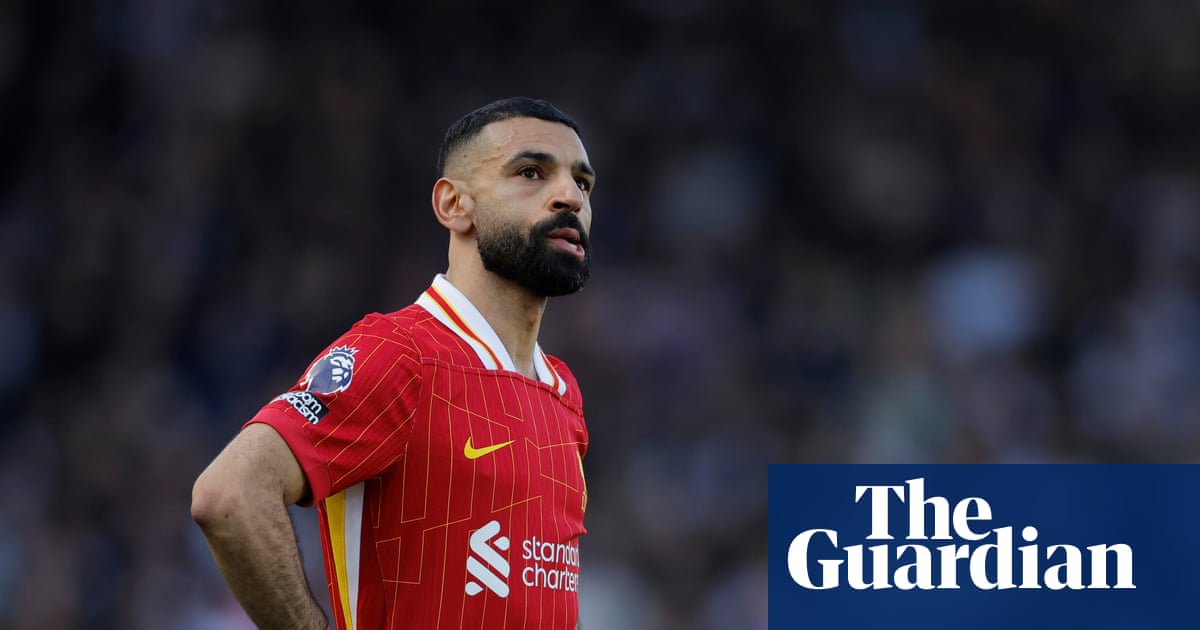Inside Australian cricket’s Ashes summer sell-off
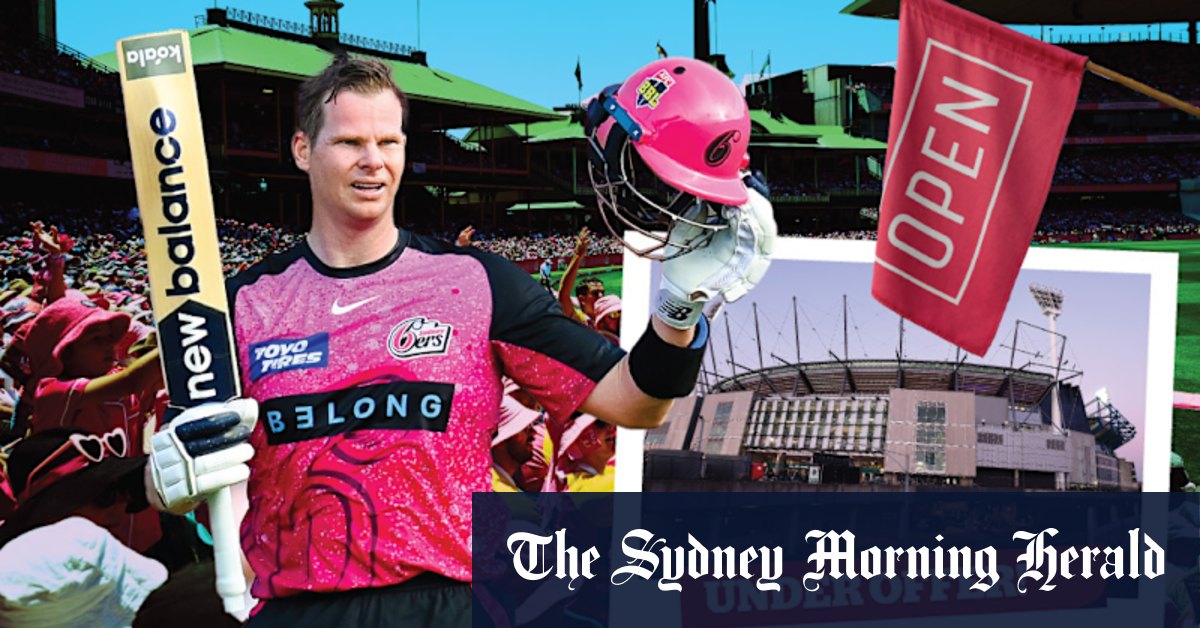
But privatised T20 leagues around the world carve out an exclusive window so the host country’s best players are available for the duration. Loading “There’s no chance of all national team players being available for BBL,” one potential overseas investor told this masthead. “That’s critical. Very limited appeal for investors who want to field the best team and desire to win championships.” CA’s broadcasters, Foxtel and Seven, are enthused by private investment as a way to attract better players to the BBL by raising the salary cap by as much as $2 million per team. But they aim to preserve the “mega days” of the Test summer that start on Boxing Day morning and carry on until the end of the New Year’s Test in Sydney a couple of weeks later. Under that model, the BBL would start around Christmas Day (a couple of weeks later than it does now) and there would be no international cricket after the end of the Sydney Test.The battle for control Not everyone in Australian cricket is enthusiastic about the prospect of “selling the farm”. “I commend Todd and Mike for having a go and actually challenging conventional thinking, including my own thinking,” said Cricket Victoria chief executive Nick Cummins, who was part of the steering committee for the BCG report. Top cricket bosses Mike Baird and Todd Greenberg. Credit: Getty Images for Cricket Australia “So I’m absolutely supportive of that approach. But the number one question we all need to ask is how many voices do we want running Australian cricket?“We would not be supportive of a structure that included other parties whose motivations and goals don’t align with those of Victorian cricket,” Cummins added. “Any discussion about any sort of private capital, that’s the key concern we have expressed and will continue to express.” Australia’s Mitchell Starc in action in the IPL. Credit: AP But Neil Maxwell, the manager of Australian Test captain Pat Cummins and a longtime backer of privatisation, believes the BBL teams are “trophy assets” with enough investor interest around the world to buy in at whatever level CA and the states agreed upon. “The most important thing is that clubs are taking over world cricket. There’s a parallel universe that is swallowing international cricket. You’ve got clubs now that are six or seven teams strong and turning over billions of dollars in value, and yet you’re dealing with national cricket boards that are dealing in tens of millions. Over 10 years it’s completely changed,” Maxwell said.“I’m an advocate because I believe the game needs rocket fuel, and we are kidding ourselves when we allow this parallel universe to grow and grow on the other side of the world, and we sit here proudly holding on to 25 million people.” The facts that some top Australian players are missing from the BBL, and that clubs tend to lose prominent players, both homegrown and overseas, for the pointy end of the tournament, have been identified by CA and broadcasters alike as the biggest issues with its current status. But those compromises have also helped to keep Australia at the top of the world in terms of Test matches, which are still the major revenue driver in the game here. “One of the strengths of Australian cricket is that Test cricket is so successful in Australia,” Cricket Victoria’s Nick Cummins said. “Other nations, when they’ve had to look at the trade-off between Test cricket and T20, it’s been a lot easier decision to make, because Test cricket is a cost centre and T20 is a growth opportunity. “Test cricket remains a growth opportunity for Australian cricket, and still drives the majority of revenue in Australia and is still the format that’s of greatest interest to the broadcasters in Australia. While those two things remain true, there is always going to be competing tension between the BBL and Test cricket.”Won’t it break the fast bowlers? Since the BBL began in 2011, Australia has had an enviable record in the management of its resources, in particular its fast bowlers. Pat Cummins, Mitchell Starc and Josh Hazlewood have seldom been seen in the BBL, and the BCG report pointed clearly to the need for top players to be part of the league more often. Loading As the agent for Cummins and also Hazlewood, Maxwell argues that CA needs to find a way to make it possible for the fast bowlers to play in the BBL, something that will require a clear-out of international cricket in January and February. “Everyone says ‘it’s just four overs’ but it’s not four overs,” Maxwell said. “Sometimes a Test match is easier to bowl in than three one-dayers because it’s the whole build-up, the preparation, the training. You get that all set up to then be able to explode. Then you’ve got to cool back down. That takes its toll on a body.“So five Tests followed by a T20 is a difficult challenge, especially if you’re trying to preserve a player for years to come. Pat will play BBL when the system allows it. And not just Pat, Mitchell Starc and Josh Hazlewood are probably the ones most affected by the current structure. It’s going to come down to the schedule as to whether these players are going to play.” Mitchell Starc, Pat Cummins, Josh Hazlewood and Mitch Marsh with the ODI World Cup trophy after Australia’s win in 2023. Credit: Getty Images What happens next? Ideally for those in favour of private investment, there will be consensus on what to sell and how by the end of the year. CA’s annual general meeting, on October 30 in Melbourne, will be a key signpost. Greenberg and the state and territory chief executives are next set to meet in early September in Brisbane, where more of the issues at hand will be thrashed out. The most obvious compromise would be to allow individual states the right to decide on what terms they can sell the clubs they oversee. Valuations for clubs may vary considerably depending on those terms.One of the prime movers in Australian cricket is in a conflicted position when it comes to private investment in the game. John Knox, the Cricket NSW chair since 2018 and former chief executive of Credit Suisse in Australia, has been a partner for Ares Management, a private equity firm with an extensive interest in sporting properties, including McLaren Racing and Atletico de Madrid since 2020. As such, he was centrally involved for Ares in the sale of teams in the Hundred this year, eventually securing a stake in the Trent Rockets, based in Nottingham, alongside Cain International. Those experiences have been tapped into by CA and other states in terms of building knowledge about the landscape. But should Ares show interest in buying the Sydney Sixers or Thunder, Knox will have to recuse from any direct involvement in the process. He declined to comment for this article. State rivalries are not far beneath the surface. CA’s current leaders Baird, Greenberg and chief commercial officer Ed Sanders are all from Sydney, while the most voluble opposition to a sale can be found south of the Murray River in Victoria. Nick Cummins says CA understands Victoria’s reservations.“We regard ourselves as custodians of the game in Victoria, not owners, so we would tread very carefully in this area. Until we’re satisfied that balance has been reached, we wouldn’t even go into any consideration about structures, what it would look like, percentages or anything like that,” he said. Loading Since the Hundred sales went through in England, much more has emerged beyond the headline windfall for the ECB and its counties. Despite their minority-stake holdings, private investors in the Hundred will have majority representation on the competition’s board. Those investors have already won an argument to ensure the rights to the tournament are sold separately from international cricket in the future, and there are already reports that the 100-ball format will be ditched for T20 as soon as next year. Overnight, the London Spirit’s new owners complained about how England players were rested from the early rounds of the Hundred after their exertions against India.

